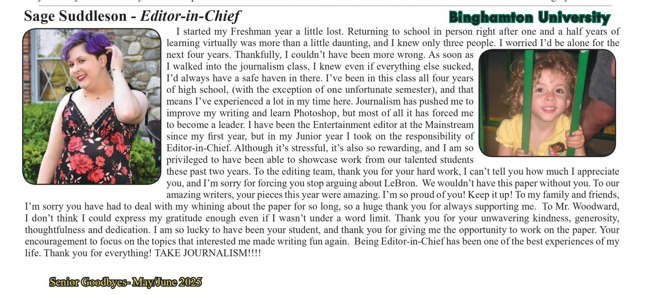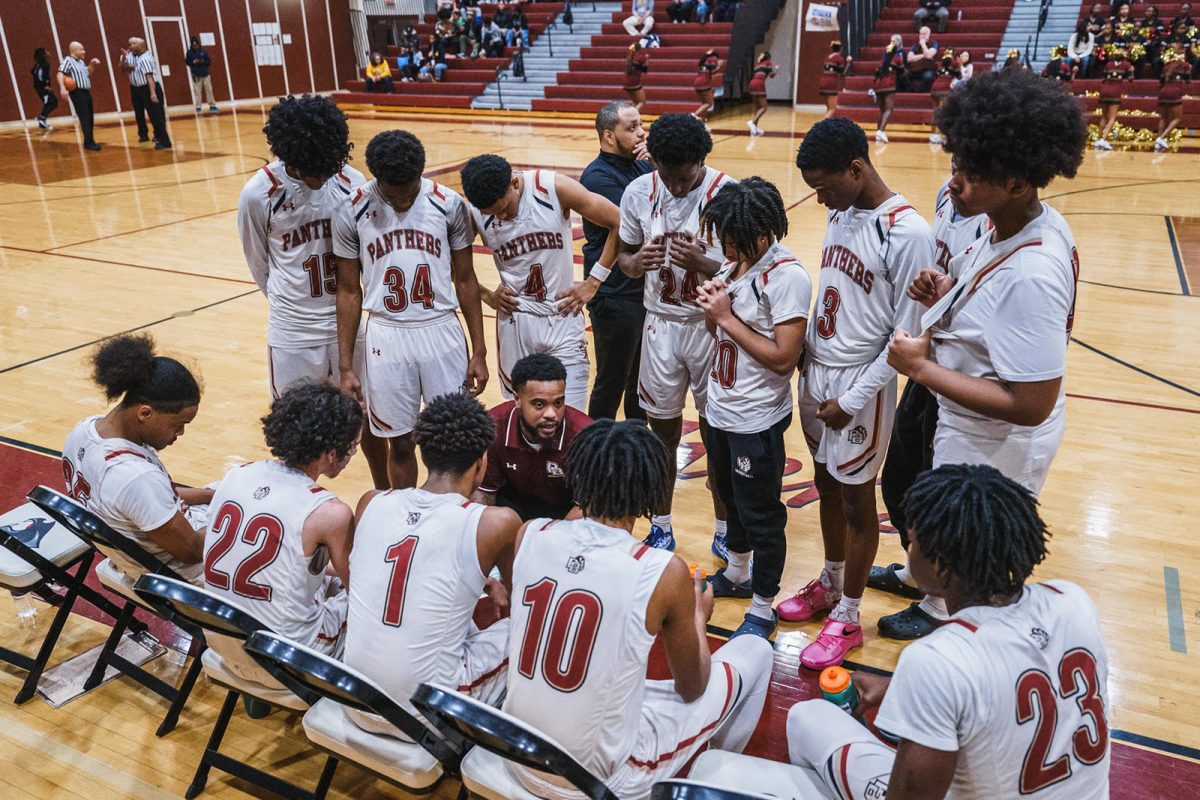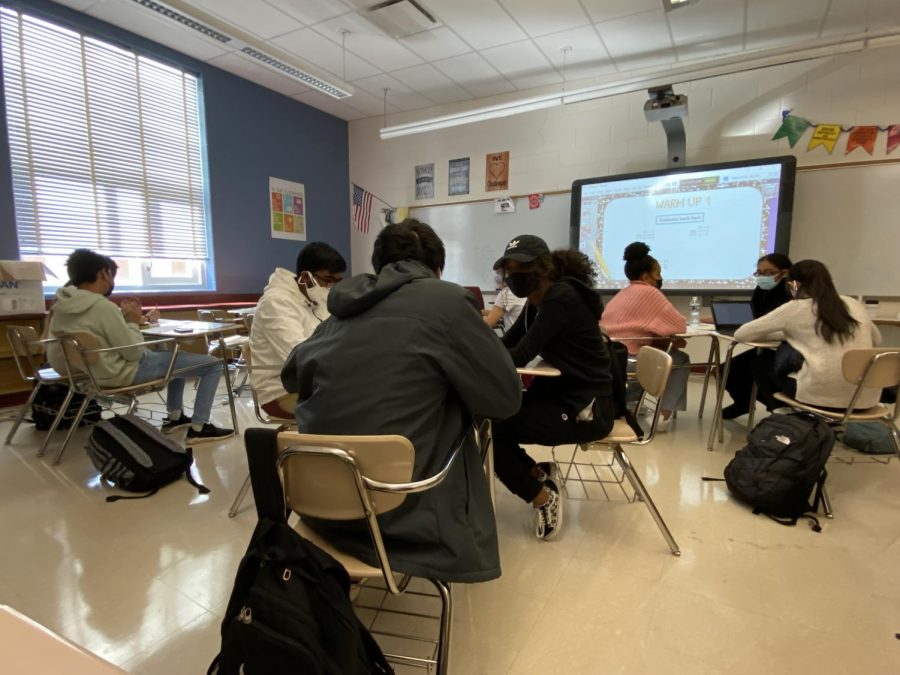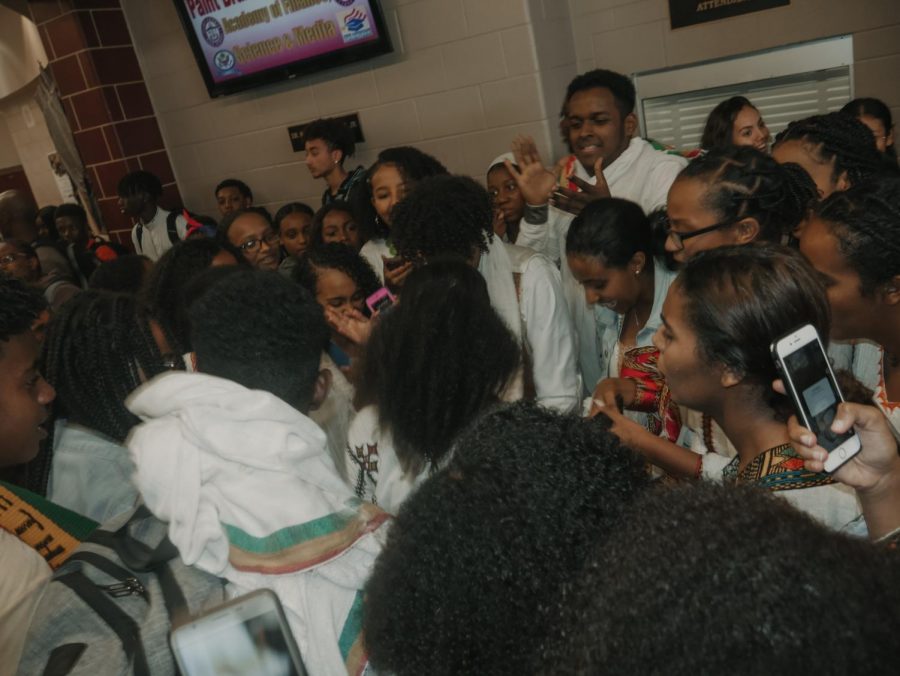#HomeworkProblems
When the last bell of the day rings, everyone excitedly exits the building, eager to begin the second half, the relaxing half, of their day.
Ah, that life could be so simple.
The truth is we cannot go home and relax; we cannot go over to our friends’ houses and relax; we cannot even take time to nap or spend time with family because we have five major assignments to work on that are all due on the same day.
The issue of homework is an all-too- common refrain for students. It is exacerbated by the fact that teachers give out assignments that require a significant amount of work all at the same time and they, all too often, make everything due on the same day. Also, teachers give major tests on the same day as well, which makes it seem like teachers sit around and plan on making everything due, or testing, on the same day just to see students suffer. In reality, teachers don’t know when other teachers are going to assign homework and tests.
In her article “High School Homework: Are American Students Overworked?” Lauren Miller writes, “According to guidelines endorsed by the National Education Association (NEA), a student should be assigned no more than 10 minutes per grade level per night. For example, a first grader should only have 10 minutes of homework, a second grader, 20 minutes, and so on.” Miller’s article reveals that using this formula, on average, high-school students should have between 90-120 minutes of homework. The reality, though, is that high schoolers have much more homework than this. Students at Paint Branch High School, especially those in AP classes and those who participate in extracurricular activities, do homework well into the night. About 60% of juniors take at least one AP class and about 68% of seniors take at least one AP class at Paint Branch, which means that more than half of the upperclassmen take one or more AP classes. Students don’t have time to go out with their friends and actually have a life. The amount of homework students receive causes their stress levels to increase and affects their health. The amount of homework that AP students, in particular, receive causes stress on them to finish all of their homework, which then decreases their sleep time.
Miller also writes, “According to William Crain, Ph.D., a professor of psychology at City College of New York and the author of Reclaiming Childhood, kids are developing more school-related stomachaches, headaches, sleep problems, and depression than ever before. The average student is glued to his or her desk for almost seven hours a day. Add two-to-four hours of homework each night, and they are working a 45 to 55 hour week!”
The amount of homework students are getting not only affects them physically but also socially. Homework should work the students’ minds positively, not stress them.
At Paint Branch, classes are 45-49 minutes long, and teachers don’t seem to have enough time to finish their lessons, which is one reason we get homework. However, teachers shouldn’t overextend students by assigning homework. Students have after-school activities and multiple classes to study for each night and should not be penalized because a teacher runs out of time before she finishes a lesson. Pilling on homework because the teacher doesn’t have enough time to finish a lesson is not a logical or effective solution.
A solution that could be effective is that, on each day of the week, teachers dedicate homework or tests for one or two subjects only. For example, Mondays and Tuesdays are when math and English teachers could assign homework and tests, Wednesdays and Thursdays are when science and social studies teachers could assign their homework and tests, and world language classes could assign homework and tests whenever they want. Even though holidays would force us to be more flexible with this plan, the idea is that it provides a sense of order and organization in doing homework, which will help students’ organization and allow them to feel more stress-free.
Also, teachers should talk to one another and put homework assignments and tests on different days, as well as consider the amount of homework they each plan on giving. Students will be less stressed and can enjoy school more.








































